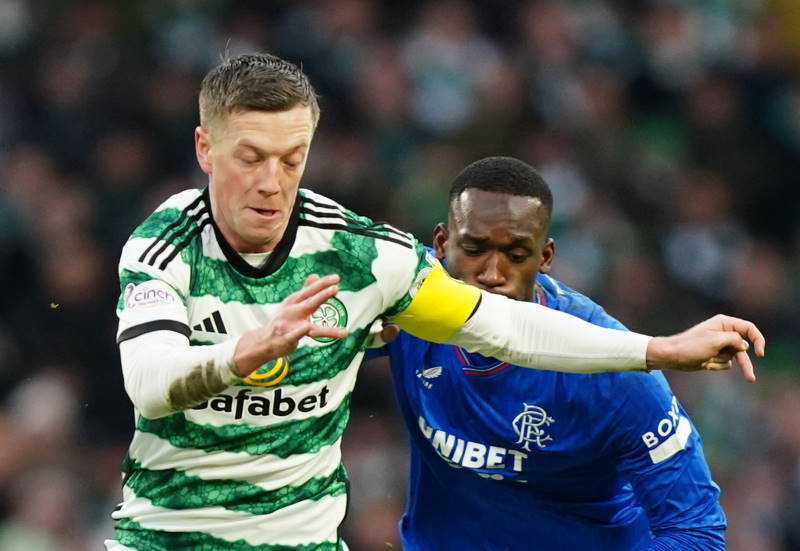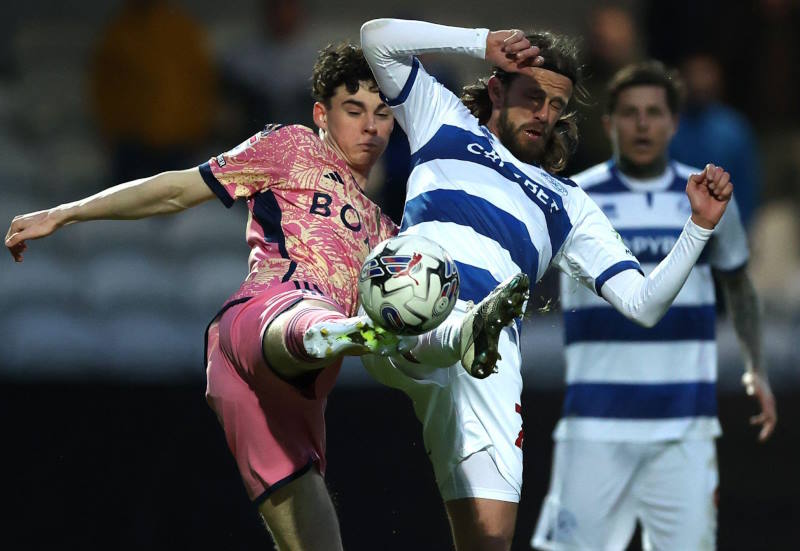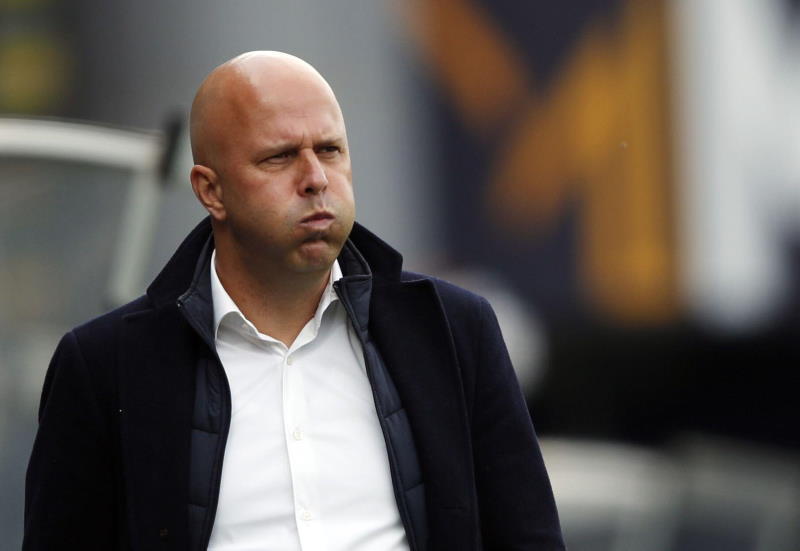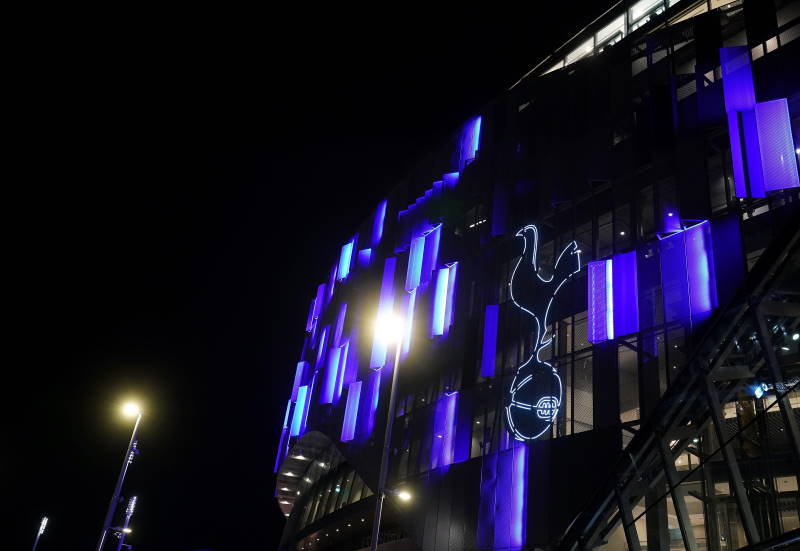
Summertime, and the livin’ for Russia’s footballers is gettin’ easier.
No more will Spartak slave in the baking heat of high summer – instead they get to shiver in Siberia on a November afternoon.
The RFS, Russian football’s governing body, agreed almost unanimously to adopt an "autumn-spring" schedule bringing it in line with most of Europe.
Despite the ravages of a Russian winter which sees clubs like Sibir Novosibirsk or Tom Tomsk grapple with several months of snow and temperatures well below zero, it’s August to May for the league from 2012.
Superficial change
On one level it makes little difference. The current season runs from March to November, with a break from late May to mid July.
The new look one will also come in two halves: August to November, then a long winter lull before the prizes are settled in a second round of matches from mid March to late May.
In one sense it is similar to the current set-up for the Russian Cup, where the big boys enter in July and battle their way to a final played in the following May – usually when a couple of rounds of the following tournament have already been played.
Practicalities
It makes for one awkward year: the 2011 season will end up in three parts. From March to November it will proceed as usual, but come spring 2012 the pro leagues will split into two sections to determine the championship winners, European spots and relegation berths.
RFS president Sergei Fursenko hopes this may be one way of "draining the swamp" of corruption that has plagued the Russian game – he told Sovietsky Sport that mid-table teams might be less corruptible if they run the risk of an additional round of playoff games which could see them sucked into the lower divisions.
But there is no clear plan to persevere with these playoff rounds beyond the handover season.
Benefits
The unspoken plus from all this is another gesture to support Russia’s high-profile bid to host the 2018 World Cup. Moving in line with most of Europe immediately makes Russian football seem less anomalous and more welcoming to the influential UEFA block.
It has also been suggested that it could boost the prospects of the national team, and club sides in Europe, who will face opponents in a similar phase of their domestic calendar.
For clubs, the main benefit will be seeing Europe’s busiest transfer window coincide with the pre-season break at home. Too many clubs have been hampered mid-season by an exodus of promising players.
At the same time the short January window does little to help clubs rebuild for the upcoming league campaign; the new calendar will ease both issues.
Problems
Apart from the logistics, Russia’s harsh climate remains a challenge. Teams like Tom, from the Siberian city of Tomsk, already routinely play their first home game of the season at a neutral venue in a warmer part of European Russia.
Even there, weather can be a problem: Spartak Moscow’s season-opener against Dynamo Moscow saw the orange balls broken out as a blizzard came down, and end-of-season games are often played in temperatures below freezing in Moscow.
Players are reportedly concerned that there will need to be more artificial pitches, similar to the notorious Luzhniki surface in the capital which helped undo Steve McClaren’s England in 2007, to cope with the snow and ice.
Meanwhile fans aren’t impressed, with Alexander Shprygin of Russia’s football supporters’ association admitting that he had received many concerned comments from punters unwilling to shiver in sub-zero temperatures on the terraces.
However, the evidence of Russia’s bandy league suggests that stoic supporters will huddle in extreme cold to follow their team. A 90-minute match between two sides blending ice and field hockey can still attract thousands of followers to exposed stadia in cities like Irkutsk – even when the temperature is -20C or lower.
Ditching the east?
With Russia’s World Cup bid focused on the European part of the country, and just two of the 16 top flight clubs playing east of the Urals, it is tempting to conclude this is another nail in the coffin of Siberian football.
It seems likely that Sibir Novosibirsk will return to the first division at the end of this season, with Kuban Krasnodar from the warmth of the Black Sea regions leading the chase to replace them.
A string of teams from the balmy North Caucasus may be a security headache when Chechnya and Dagestan clash, but weather-wise these regions are as frost-free as Russia gets.
Meanwhile, the RFS is keen to host cup finals and the annual Supercup and CIS Cup games in the south – starting this May when Rostov-on-Don hosted Zenit and Sibir in the Russian final.
And with Zemchuzhina Sochi set to move into the Olympic Stadium and getting nationwide TV advertising out of all proportion to their mid-table division one placing, it all starts to point towards a concerted push for football down south, leaving the east to concentrate on hockey – played on ice and, crucially for spectators, played indoors.
It might be interesting to hear the thoughts of the likes of Alexei Smertin – born in Siberia’s Barnaul – on the potential abandonment of his native region to the footballing wastelands.
A sad side-effect of the planned changes could mean that PSV Eindhoven become the last team to head to Siberia on European duty as football is consolidated firmly in Russia’s west.
Photo courtesy: Alexander Mysyakin













